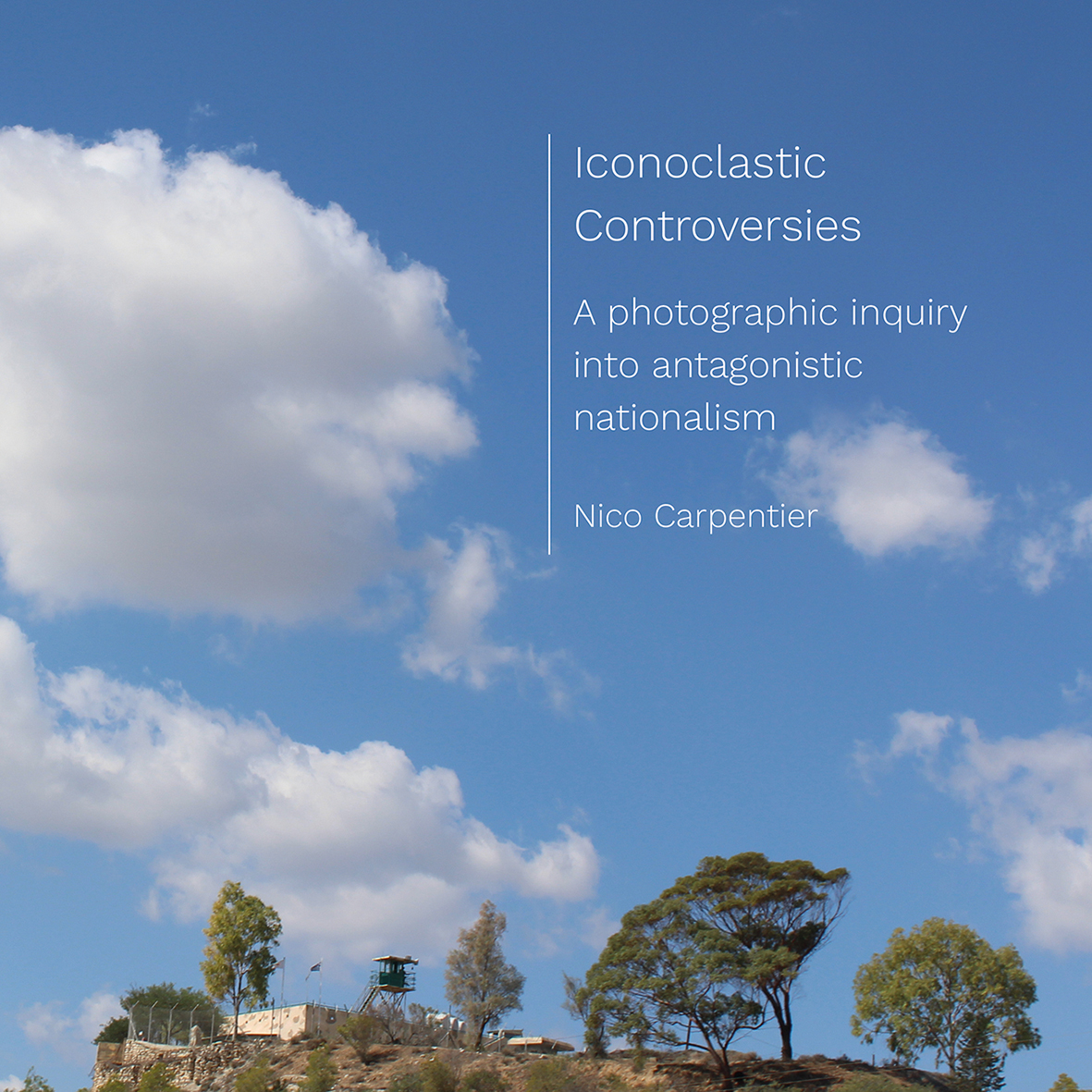Iconoclastic Controversies
A photographic inquiry into antagonistic nationalism

Abstract
This new book expands the research scope of discourse theory analysis – on which Nico Carpentier is an established scholar – to the study of non-textual empirical material. It takes an original and fresh approach, with a post-structuralist foundation and an interdisciplinary character, aiming at communicating theory and scientific research in non-textual ways. It addresses a topic of emerging relevance in media and communication studies, with a specific focus on public scholarship. It challenges existing scholarship to try and think of new creative ways to produce and communicate scientific knowledge.
Through its combination of photography and written text, Iconoclastic Controversies offers a reflection on the relationship between memorialization and antagonistic nationalism and, at a broader level, between the discursive and the material. The book focuses on Cypriot memorials and commemoration sites as material structures that invoke a particular past, and invite us to remember it in particular ways. These memorials are interventions located at the intersection of the spatial and the political, which use space to articulate what is deemed important to be remembered by collectivities (and what not), and how it should be remembered (and how not). While the book analyses how many Cypriot memorials are aligned with the hegemonic discourse of (post-)antagonistic nationalism, there is ample attention for those memorials that re-articulate this discourse and/or that support counter-hegemonic discourses. The analysis of these relationships is generated and communicated through the principles of arts-based research and multimodal academic communication, which brings out an emphasis on aesthetics – through the book's photography and design – and foregrounds the affective dimension of knowledge. This book not only aims to provide an understanding of‚ and critique on‚ the workings of antagonistic nationalism, but it simultaneously offers an opportunity to experience and to feel this analysis and this critique.
Primary readership will be humanities and social science educators, researchers and students working in fields related to discourse theory, public sphere studies (engaging with an agonistic democracy framework in particular), cultural studies, visual sociology, memory studies, conflict and war studies, history and regional studies. It may also be of interest to practitioners such as curators, journalists and artists working on issues connected to conflict, trauma and memory.
,The book combines photography and written text to analyse the role of memorials and commemoration sites in the construction of antagonistic nationalism. Taking Cypriot memorializations as a case study, the book shows how these memorials often support, but sometimes also undermine, the discursive-material assemblage of nationalism.
]
